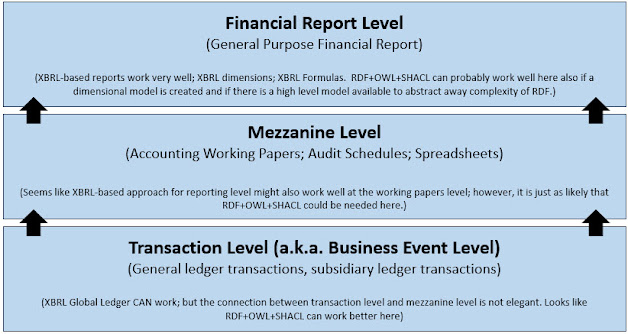Relational Knowledge Graph System (RKGS)

Relational Knowledge Graph System (RKGS) is an interesting idea that combines the relational paradigm and the knowledge graph paradigm. This documentation, Why RKGS , explains the idea. This gets even more interesting with the notion of "relational AI". RelationalAI is described as follows by the company of the same name, Relational.ai : “RelationalAI is a cloud-based relational knowledge graph management system, with state of the art probabilistic processing and declarative reasoning at scale to make developing Data Applications a superpower for your business.” This notion of knowledge graphs represented in relational databases fits into my belief that knowledge graphs have two aspects: the expression SYNTAX and the logic of what is expressed or SEMANTICS. While the LOGIC of a knowledge graph is always the same regardless of technical syntax used to express that logic; there are many, many different technical syntaxes that can be used to represent a knowledge graph. There...







